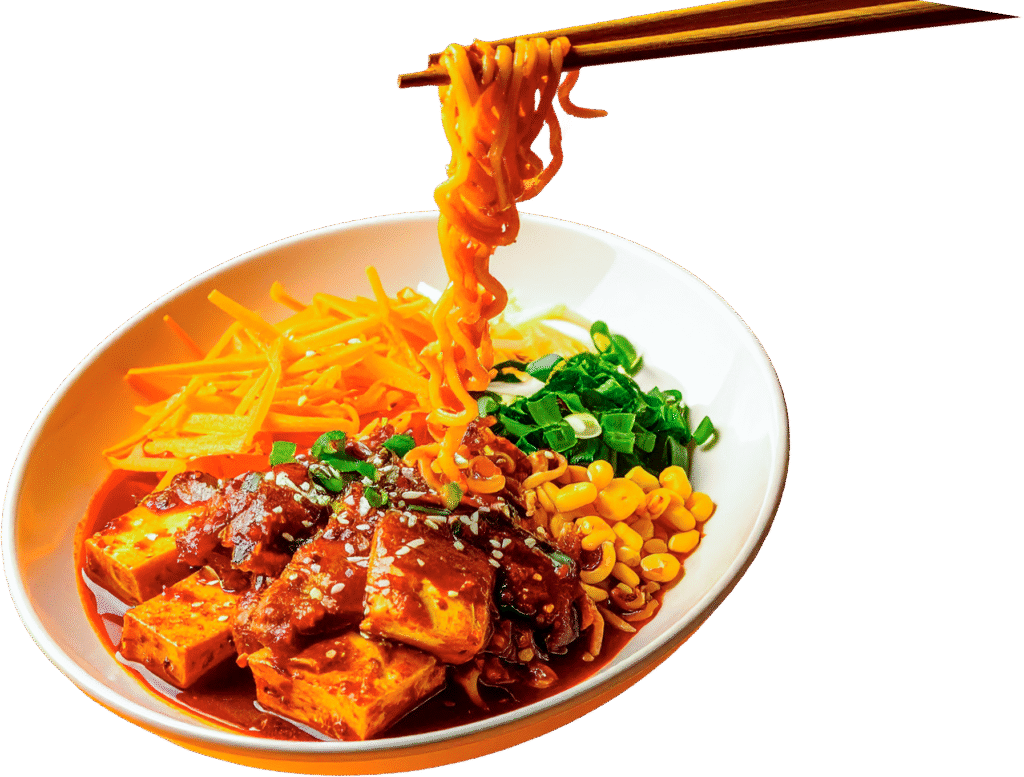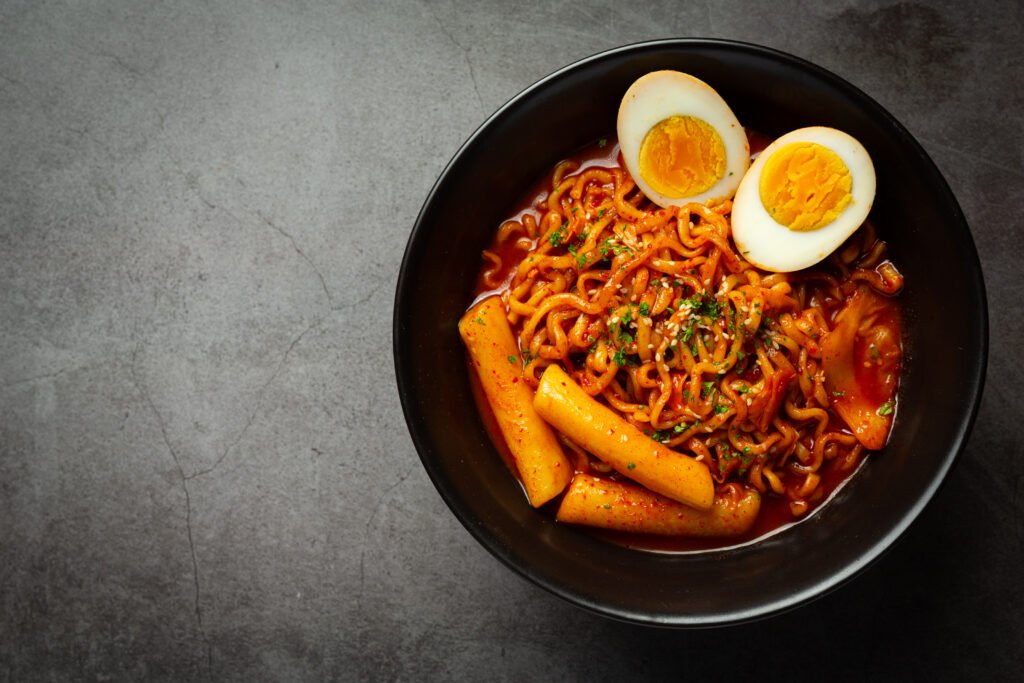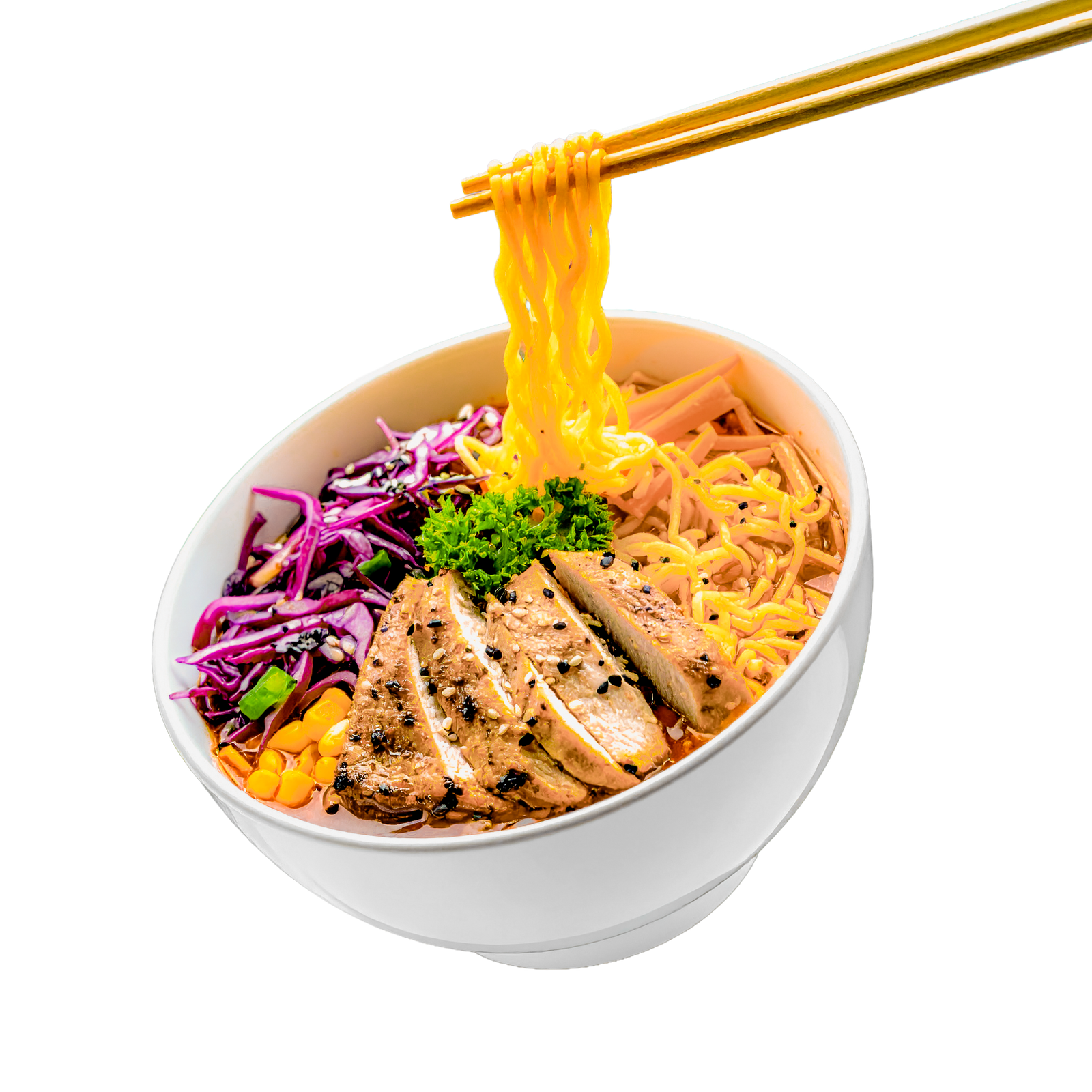Why Kongsi’s Korean Noodle Bowls Are Winning Hearts?

Introduction
There’s something magical about a steaming bowl of noodles. The aroma, the slurp, the satisfaction – it feels like comfort in its purest form. Among the many noodle traditions of the world, Korean noodle culture is exploding right now. From Seoul’s bustling street markets to Bangalore’s trendiest cafés, Korean noodles are no longer a secret-they’re a phenomenon.
In this article, you’ll discover why these noodles are so addictive, which Korean noodle dishes are most famous, how you can make them at home, and-most importantly-where to try the best Korean noodle bowls in India at Kongsi Tea Bar. Buckle up, because this is a slurp-worthy journey.
For franchise enquiries, please reach out to us at franchise@kongsiteabar.in. You can also contact us directly at +91 6366225256 for more details or visit our franchise page – kongsiteabar.in/franchise
Franchise Enquiry
Also read – The Only Viral Bubble Tea Recipe You’ll Ever Need
Table of Contents
Why are Korean Noodles different?
Korean noodles aren’t just another carb – they’re layered with history, flavor science, and culture.
- The chew factor: Unlike thin Italian pasta, most Korean noodle recipes use chewy wheat noodles that hold up against bold sauces.
- The flavor balance: Korean cooking thrives on harmony between spicy, sweet, salty, and tangy. Every bite feels like a little rollercoaster ride for your taste buds.
- The toppings: Eggs, veggies, sesame seeds, pickles – there’s always a crunch or freshness to cut through the richness.
That’s why a simple Korean noodle bowl can feel like a full meal experience.
Also read – Why Starting a Bubble Tea Franchise Is a Smart Move?
A Little History Behind the Slurp
Noodles first appeared in Korea during the Goryeo dynasty, and they’ve been evolving ever since. Buckwheat noodles like naengmyeon were originally served cold and tangy in North Korea, while wheat noodles became common later.
But here’s the twist: many iconic Korean noodle dishes – like jajangmyeon (black bean noodles) – actually came from immigrant Chinese chefs and were adapted into the Korean flavor wheel. Fast forward to the 1960s, and instant ramen (ramyeon) became a household staple. Now, with K-dramas showcasing late-night noodle feasts, Korean noodles are global stars.
Today, the journey of Korean noodle continues with modern cafés and global food brands reintroducing them to new audiences. From traditional recipes passed down for centuries to instant packs on supermarket shelves, noodles have become both heritage and convenience food.
This blend of history, accessibility, and pop culture is why Korean noodle bowls are gaining popularity in India, resonating with both food lovers and trend-conscious diners.
Also read – Why Is Thai Bubble Tea More Than Just a Drink?
The Korean Noodle Hall of Fame

So, what exactly counts as a Korean noodle dish? Here’s the greatest hits playlist –
Ramyeon
The OG instant ramen – spicy, quick, and always customizable. Add an egg, cheese, or kimchi, and you’ve got a meal. What makes ramyeon so popular is its convenience, it can be cooked in under five minutes yet tastes rich and satisfying.
In Korea, it’s also considered the ultimate late-night snack, often paired with soju or enjoyed while watching TV dramas.
Jajangmyeon
Thick wheat noodles coated in savory black bean sauce. Earthy, filling, and a cult classic.
This dish is especially loved on “Black Day” in Korea, when singles gather to eat jajangmyeon together. Its hearty, slightly sweet-savory sauce makes it the go-to comfort food after a long day.
Naengmyeon
Cold buckwheat noodles in chilled broth. Tangy, refreshing, and perfect for summer. Served with cucumber, radish, and sometimes a boiled egg or slices of beef, it provides a cooling escape during hot weather.
The chewy texture of buckwheat noodles combined with icy broth makes it a uniquely refreshing dish unlike any other.
Japchae
Sweet potato glass noodles stir-fried with veggies and sesame oil. Often a party dish in Korea.
Its glossy appearance and balance of sweet-savory flavors make it a festive favorite, especially during holidays like Korean New Year. Because it’s naturally gluten-free, japchae also appeals to modern health-conscious eaters.
Kimchi Noodles
Spicy noodles tossed with Korea’s beloved fermented cabbage. A fiery comfort food. The fermentation of kimchi adds depth and tanginess that complements the heat of the sauce beautifully.
It’s the perfect bowl for spice lovers, combining gut-friendly probiotics with bold, addictive flavors.
Also read – Why Is Everyone Obsessed with Iced Matcha Latte?
Why the World Can’t Stop Eating Them
Korean noodles became global because they’re more than food-they’re culture on a plate.
- Pop culture fuel: Ever watched a K-drama character slurp noodles with intensity? That’s product placement done right.
- Instant access: Brands like Samyang and Nongshim ship worldwide, making Korean noodles as easy to buy as Maggi.
- Social media hype: From fire noodle challenges to aesthetic noodle shots, Instagram and YouTube made Korean noodle bowls viral.
- Adaptability: Whether you’re vegan, a spice lover, or a cheese addict, there’s a noodle for you.
Veg Korean Noodles – The Rising Star
One of the best things about veg Korean noodle options is how versatile they are. You don’t need meat to enjoy the punch of Korean flavors.
- Japchae with mushrooms and spinach? Delicious.
- Kimchi noodles with paneer instead of pork? Perfect for Indian palates.
- Cold naengmyeon with cucumbers and tofu? A refreshing vegan delight.
No wonder more cafés are introducing veg Korean noodle bowls – because everyone deserves a slurp.
Cooking Korean Noodles at Home
Want to recreate the magic at home? Good news – it’s easier than you think.
Step-by-Step Basics
- Boil your noodles (3–5 minutes).
- Drain and rinse (especially for cold recipes).
- Toss in sauce (kimchi paste, black bean paste, or gochujang).
- Add toppings (egg, chicken, paneer, veggies).
- Sprinkle sesame seeds and serve hot.
Quick Kimchi Noodle Recipe
- Cook wheat noodles.
- Stir-fry chopped kimchi with garlic and gochujang.
- Toss with noodles, add spring onions, top with sesame seeds.
Congratulations – you just made a café-worthy Korean noodle recipe at home.
The Spice Spectrum – From Mild to Wild
One big question fans always ask: which Korean noodle is the spiciest?
- Mild: Jajangmyeon (rich and savory).
- Medium: Shin Ramyeon (balanced heat).
- Extreme: Samyang Fire Noodles (aka the viral spicy challenge).
Koreans often pair spicy noodles with kimchi, pickled radish, or even milk to balance the burn. If you’re new, start light. If you’re brave, dive into fire noodles.
Korean Noodles in India’s Food Culture
Why are Korean noodle bowls trending in India? Two reasons –
- Flavor familiarity: Indians love spice, tang, and bold flavors – exactly what Korean noodles deliver.
- Pop culture pull: With K-dramas and K-pop exploding here, fans want to taste what their idols are eating.
That’s why noodle cafés are sprouting in metros, and why established brands like Kongsi Tea Bar are expanding menus to include Korean food. It’s not just a fad—it’s the future of café dining.
Kongsi Tea Bar – Where Bubble Tea Meets Noodles

Kongsi Tea Bar began in Phuket, Thailand, and became India’s go-to brand for authentic Thai bubble tea. But our story doesn’t stop with drinks. We know our community wants more-something hearty, flavorful, and globally trendy.
That’s why we launched our Korean Noodle Bowls category. Now, when you visit Kongsi, you don’t just sip-you slurp. Pair your taro milk tea with a kimchi noodle bowl, or matcha latte with jajangmyeon, and suddenly your meal feels like a cultural trip.
The Kimchi Noodle Bowl Experience
Our Kimchi Noodle Bowl is bold and addictive –
- Spicy kimchi sauce coats every strand of noodle.
- Toppings like red cabbage, carrots, and corn add crunch.
- Choose your protein: Veg ₹199, Paneer ₹249, Egg ₹229, Chicken ₹249.
- Finished with sesame seeds for that nutty kick.
It’s spicy, crunchy, and satisfying-the kind of Korean noodle bowl that makes you want to order again next week.
The Jajangmyeon Noodle Bowl Experience
For those who prefer comfort over spice, our Jajangmyeon Noodle Bowl is a game-changer –
- Rich black bean sauce brings earthy, umami depth.
- Customizable toppings: Veg ₹199, Paneer ₹249, Egg ₹229, Chicken ₹249.
- Garnished with sesame seeds and fresh crunch.
This isn’t just food, it’s soul-warming goodness that pairs beautifully with bubble tea. Earthy and filling, it’s the yin to the kimchi noodle’s fiery yang.
Why are Kongsi’s Korean Noodle Bowls Different?

Here’s why our Korean noodle dishes hit differently –
- Recipes tailored for Indian spice lovers.
- Customizable proteins (veg, paneer, egg, chicken).
- Affordable prices without compromising flavor.
- Served in cozy, Instagram-ready cafés.
In short, it’s not fast food – it’s thoughtful food, designed for the Gen-Z and millennial palate.
Also read – Taro Milk Tea – How This Purple Drink Took Over Social Media?
The Future of Korean Noodles in India
The global noodle wave isn’t slowing down. Analysts predict that Asian comfort foods will dominate the next decade of café dining in India. With affordable luxuries and cultural relevance, Korean noodle bowls are set to become as common as pizza or burgers.
Another reason for this growth is the cultural curiosity of India’s younger generation. With K-dramas, K-pop, and social media driving trends, Korean noodle bowls are no longer seen as “exotic” but as relatable, everyday comfort food.
Brands like Kongsi Tea Bar are making these flavors accessible, affordable, and Instagram-worthy, which means Korean noodles are not just a trend – they’re becoming a lifestyle choice for urban India.
Also read – Why Bubble Tea Is Set to Dominate Franchise Business in Bangalore?
Conclusion
Korean noodles aren’t just a dish – they’re an experience. From fiery kimchi bowls to earthy black bean noodles, they reflect centuries of culture while staying trendy in today’s café scene.
At Kongsi Tea Bar, we bring that experience to your table with our Kimchi Noodle Bowl and Jajangmyeon Noodle Bowl – bold, authentic, customizable, and affordable. Pair them with your favorite bubble tea, and you’ve got the perfect global comfort combo.
Ready to slurp? Visit Kongsi Tea Bar today and taste the future of café dining. Share your Korean noodle moments on Instagram and tag us – you might just inspire the next foodie trend.


